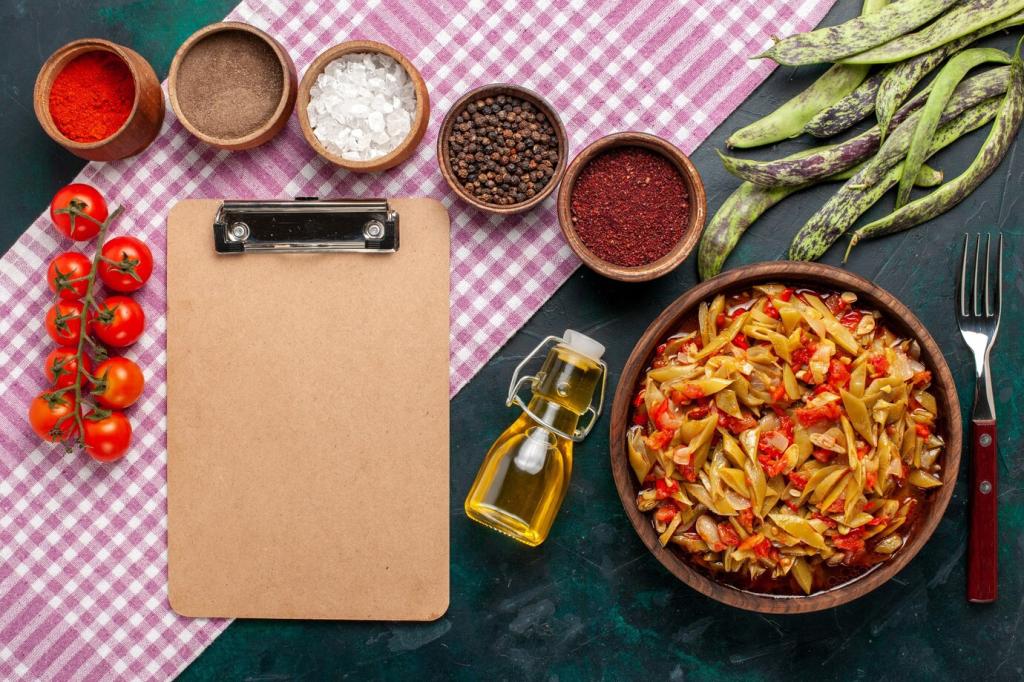Cookbooks as Cultural Bridges: Identity at the Table
Edna Lewis’s The Taste of Country Cooking elevates seasonal Southern food into literature of place and dignity. Her stories turned black-eyed peas and skillet cornbread into acts of heritage and pride, teaching readers that terroir includes people, history, and the hands that cook.
Cookbooks as Cultural Bridges: Identity at the Table
Claudia Roden wrote from memory and migration, weaving recipes with stories of family and exile. The Book of Middle Eastern Food became a passport for home cooks, translating hospitality, spice blends, and regional nuance into everyday practice while preserving cultural identity across continents.





